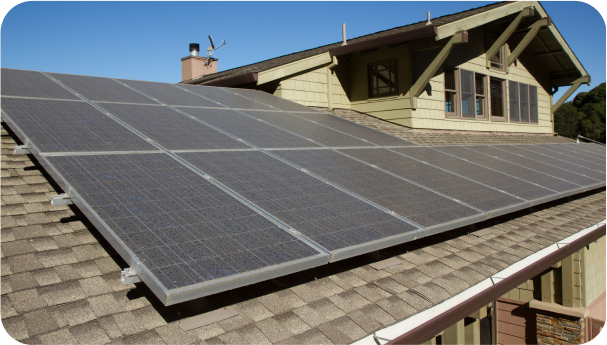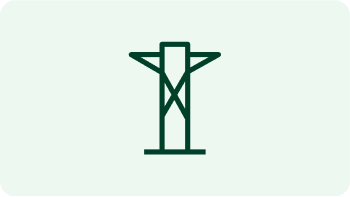Level 2 Online Reports: Shows Level 2 Projects that are above 100kw and the substation they applied at. Providing information to developer community on date application submitted, project status, facility capacity, fuel type.
Level 4 Public Queue: Published twice monthly to provide developer community information on queues at CMP substations. Provides information such as queue position, fuel type, circuit name, date application submitted, project status, facility capacity, study start and completion dates, IA signed date, 25% payment.
Cost Sharing Projects: Provides a per substation breakout of cost shareable distribution upgrades such as Line Upgrades or TGFOV.



